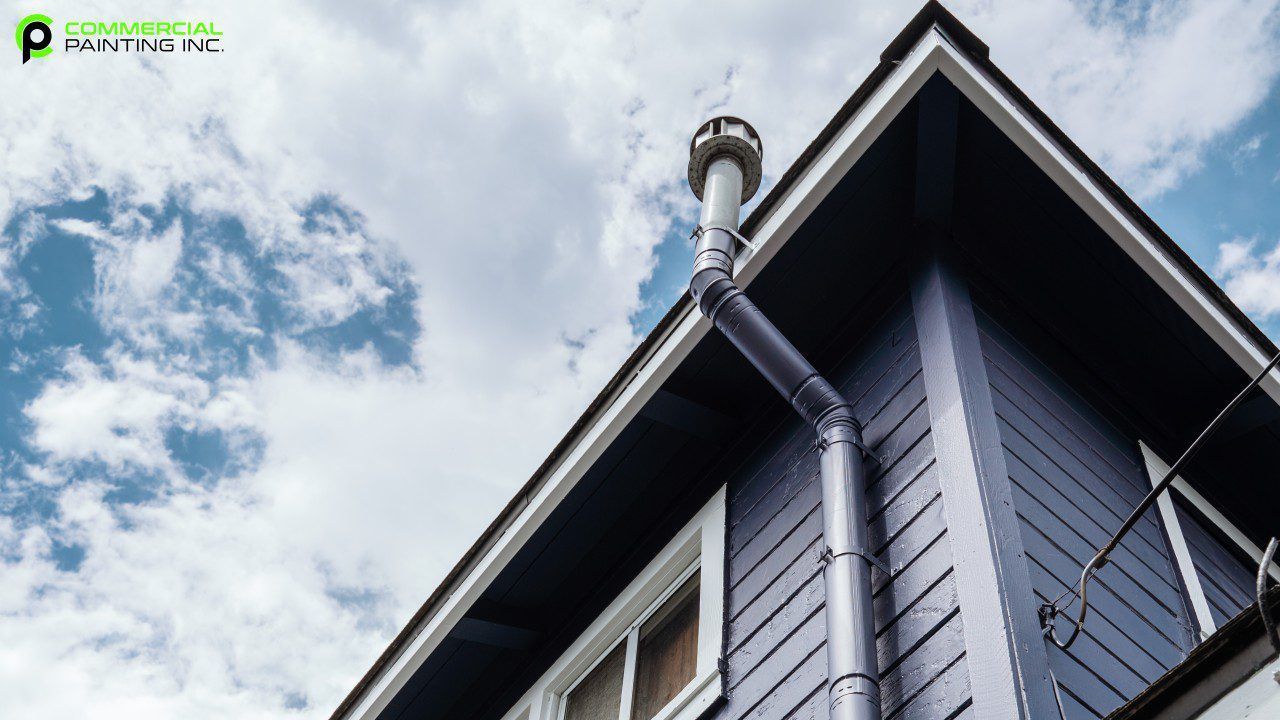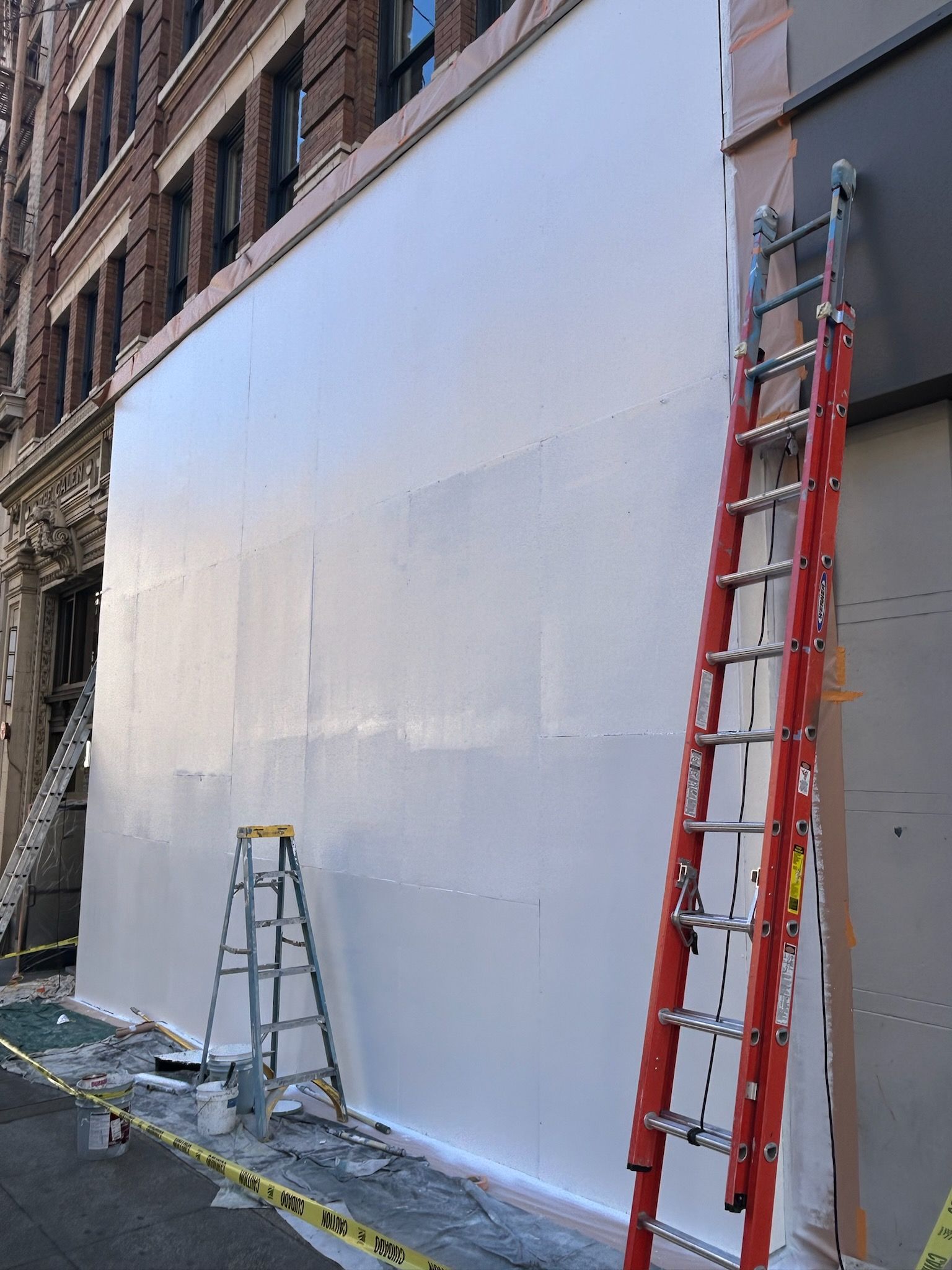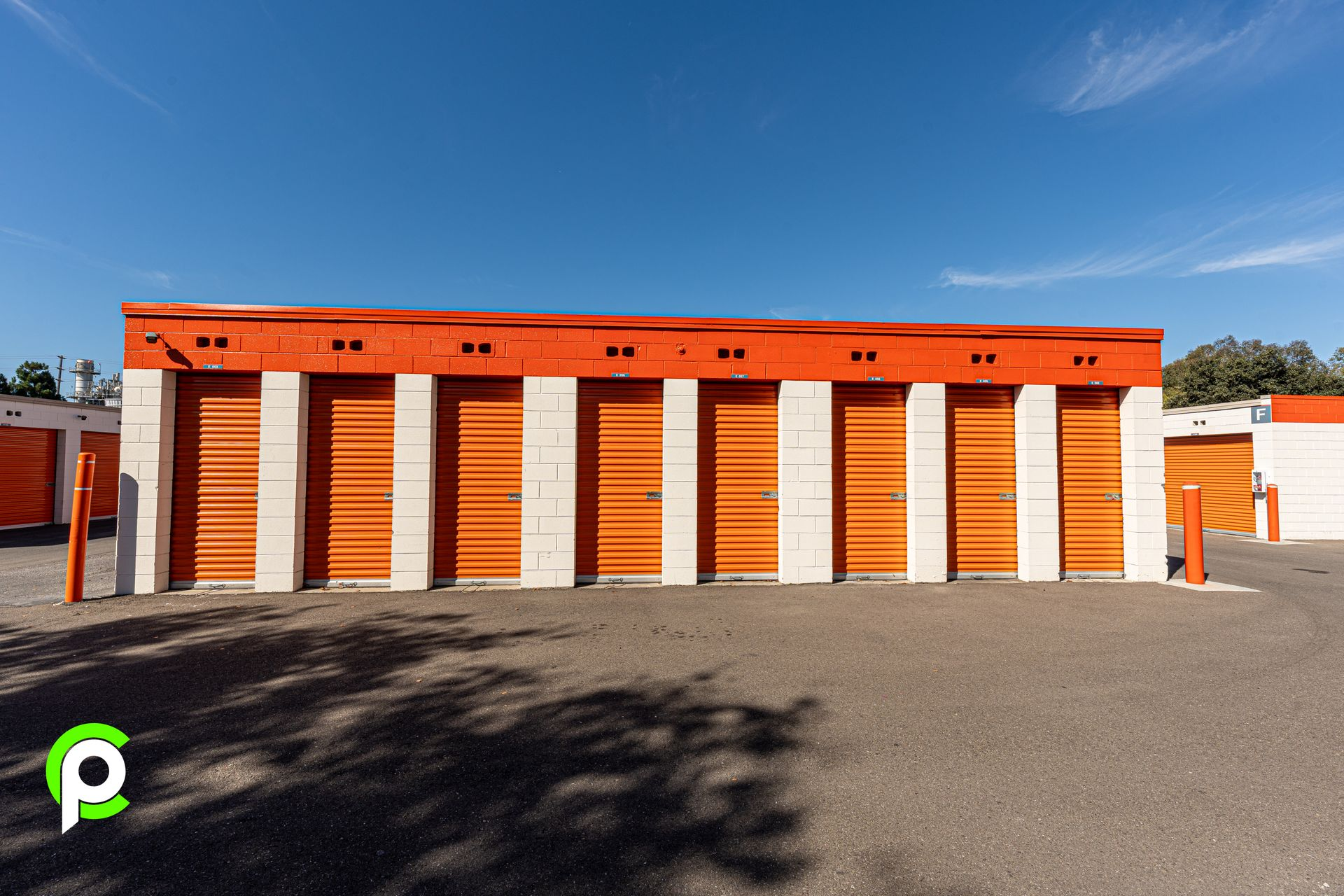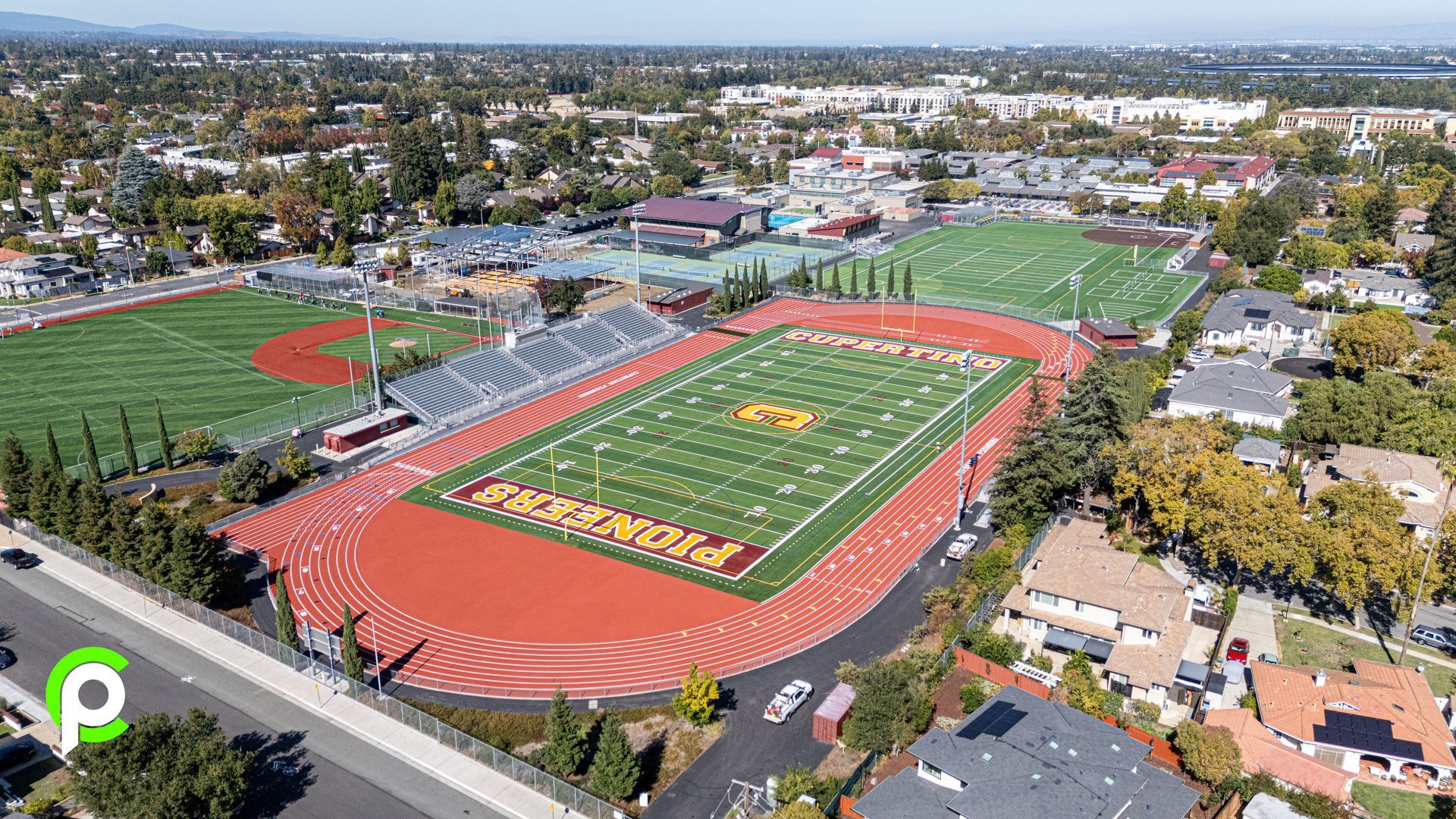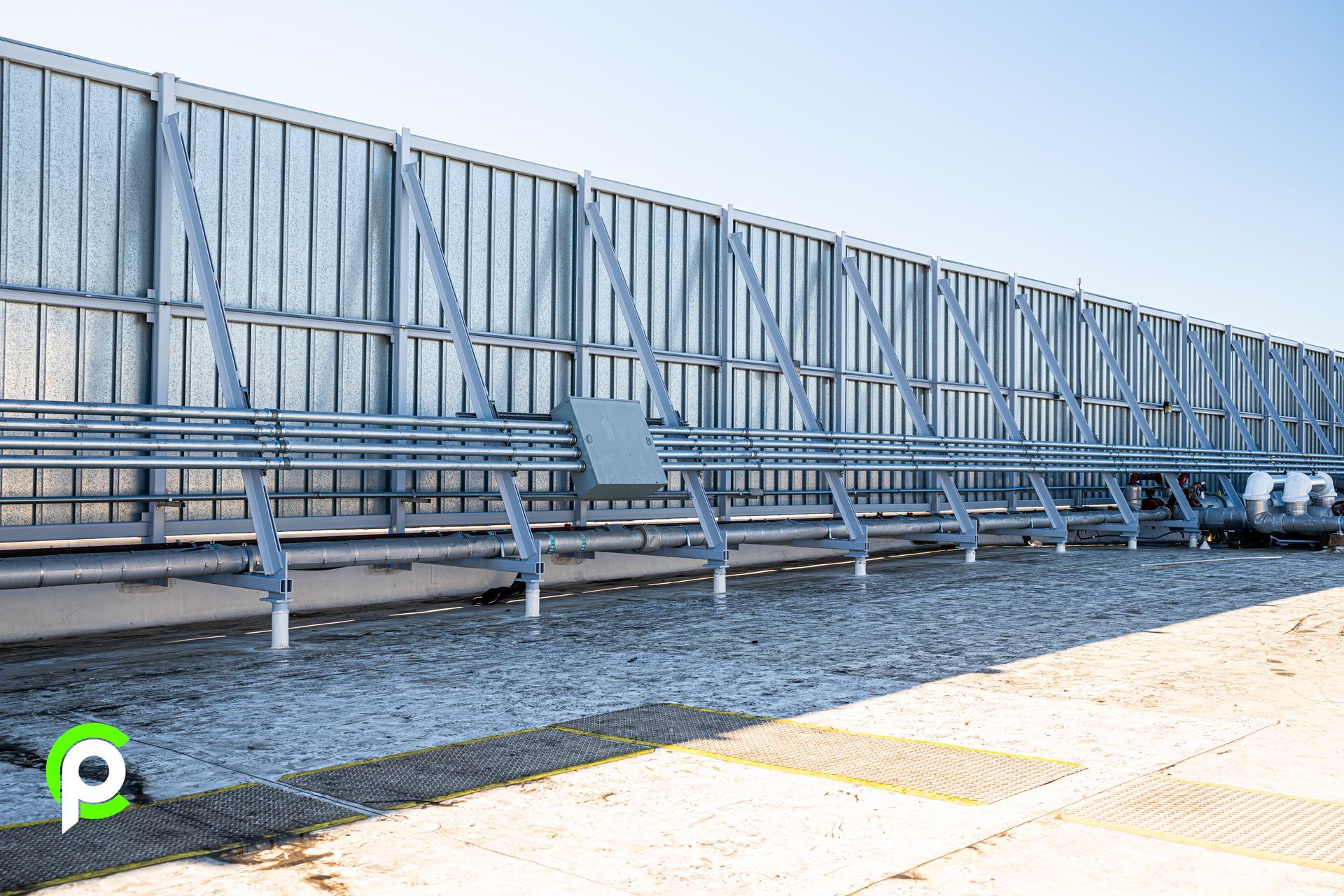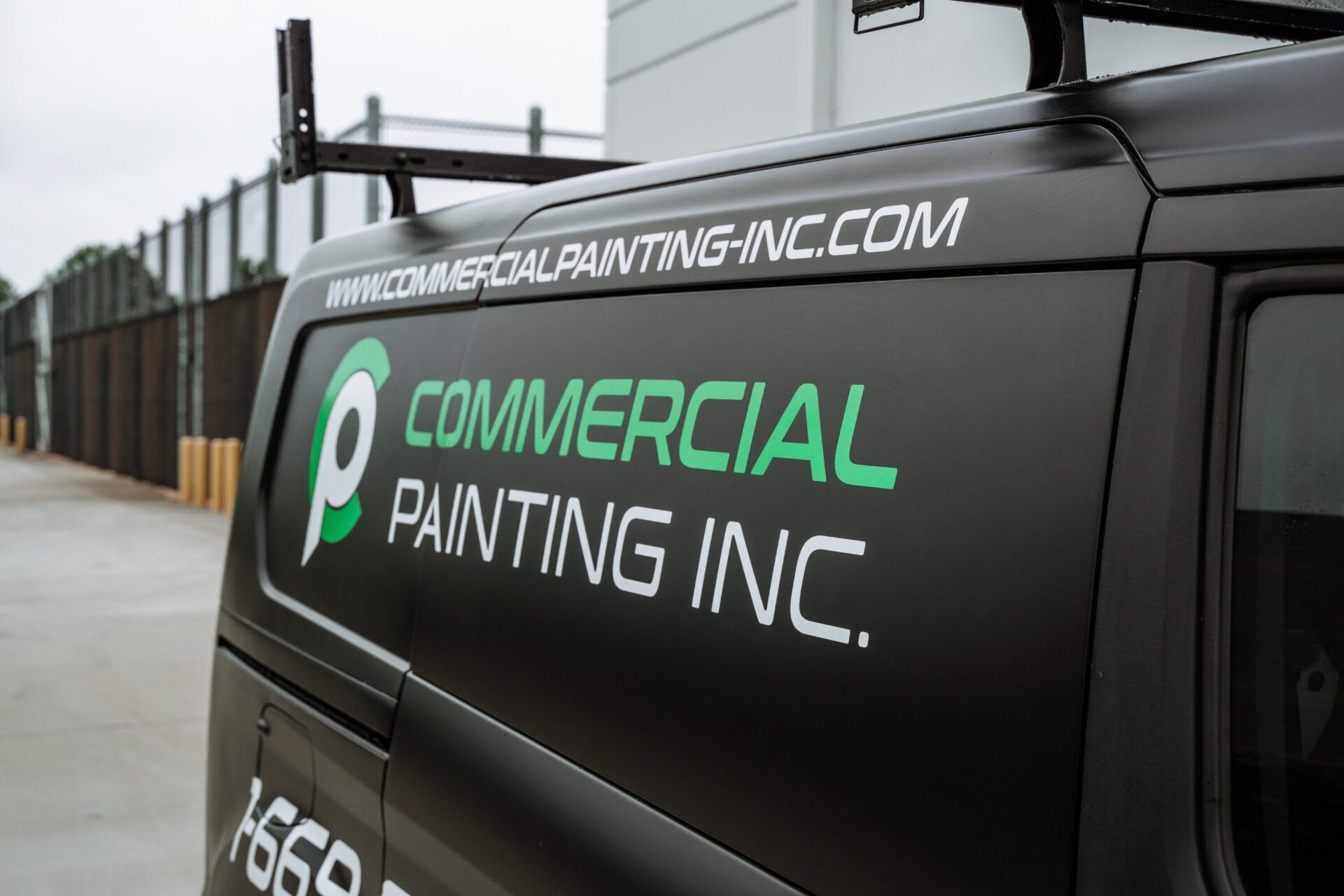Don't Just Paint Over It: The Right Way to Repair Water-Damaged Drywall
It’s a sight no property owner wants to see: a dark, bubbling paint stain on the wall or a discolored patch spreading across the ceiling. Water damage. Here in the Bay Area, whether from a winter storm or a plumbing leak, it's a high-stress problem.
The first instinct is often to find the quickest, cheapest fix.
"Can't I just paint over it?"
We hear this all the time. It’s a tempting thought—grab some stain-blocking primer, cover it up, and pretend it never happened. Unfortunately, this "quick fix" is one of the worst things you can do. It's like putting a small bandage on a serious wound. You're not fixing the problem; you're just hiding it while it gets worse.
The Dangers of Painting Over Water Damage
Painting directly over a drywall water stain or bubbling paint is a costly mistake. Here’s what’s really happening when you just cover it up:
- You Trap Moisture: Even if the source of the leak is fixed, the drywall and framing behind it are likely still damp. Sealing this moisture in with primer and paint creates a perfect, dark, damp environment—an open invitation for mold and mildew to thrive inside your walls.
- The Drywall is Compromised: Water saturation destroys the structural integrity of gypsum (drywall). The material becomes soft, crumbly, and weak. Painting over it won't make it strong again. Over time, it will continue to bubble, peel, and potentially even collapse.
- The Stain Will Return: Those persistent water stains are notoriously difficult to cover. Even with the best primer, the stain will often "bleed" back through the new paint weeks or months later, leaving you right back where you started.

The Professional Process: How to Fix Water-Damaged Drywall for Good
A true repair isn't about covering up; it's about removing the damage and rebuilding the surface. When our team handles a water damage repair in a Bay Area office or home, we follow a process that ensures the wall is not just painted, but properly restored.
Here are the steps we take, and what you should expect from any professional you hire:
Step 1: Assess and Remove All Damaged Material
First, we ensure the source of the leak has been completely repaired. Then, we cut away and remove all compromised sections of the drywall. We don't just patch over the stain. We cut back to clean, dry, and stable material. This is the only way to ensure we're not trapping any mold or soft drywall inside the wall.
Step 2: Patch with the Right Materials (Hot Mud)
For deep patches and repairs, we use a setting-type compound, often called "hot mud." Unlike standard, air-drying joint compound, hot mud sets chemically. This means it dries harder, faster, and is much more resistant to shrinking and cracking. It creates a durable, seamless patch that becomes just as strong as the original wall.
Step 3: Prime the Patch (The Most-Skipped Step!)
Once the patch is sanded smooth, we apply a high-quality primer. This step is critical. The new, porous patch material will absorb paint differently than the surrounding wall. Priming seals the patch, preventing a "flashing" or "blotchy" look in the final finish. It ensures the new paint will have a uniform, even sheen.
Step 4: Apply Two Coats of Finish Paint
Finally, we apply two full coats of your finish paint. This ensures complete coverage, a durable finish, and a flawless blend between the old wall and the new repair. The result? You'll never even know the damage was there.
Need Help with Drywall Repair in the Bay Area?
Spotted a water stain on your wall? Don't wait for it to get worse. Our team is here to handle the entire repair, from patching the drywall to the final, flawless coat of paint.
We are experts in commercial and residential drywall repair and painting, working after hours and on weekends to minimize disruption.
Contact us today for a professional assessment. Let's get your property back to perfect condition.

Contact Us
We will get back to you as soon as possible.
Please try again later.
